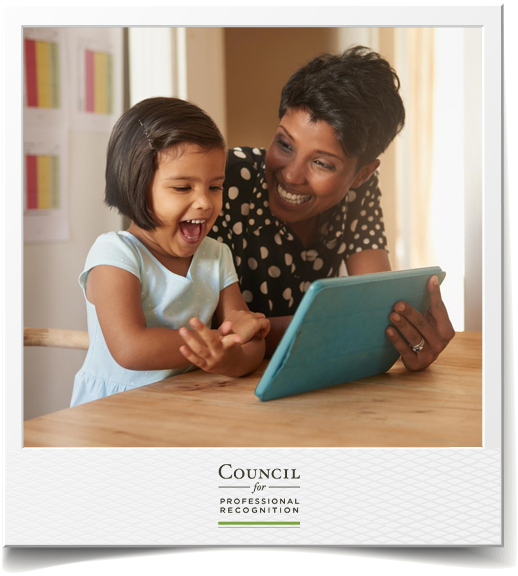
By: Savannah DiMarco
VER EN ESPAÑOL
The pandemic has led many early learning programs to implement virtual learning for kindergarteners and preschoolers. As parents/guardians and educators, it’s important that we take steps to ensure that our little ones are safe in the new world of e-learning.
This autumn, children as young as two are enrolled in virtual classrooms. While e-learning helps students remain connected to their teachers and peers and can provide new learning opportunities, it also poses new security risks for families. As you prepare your child for a year of virtual or hybrid learning, we recommend the following guidance to keep your children safe while exploring online.
1. Use school provided devices
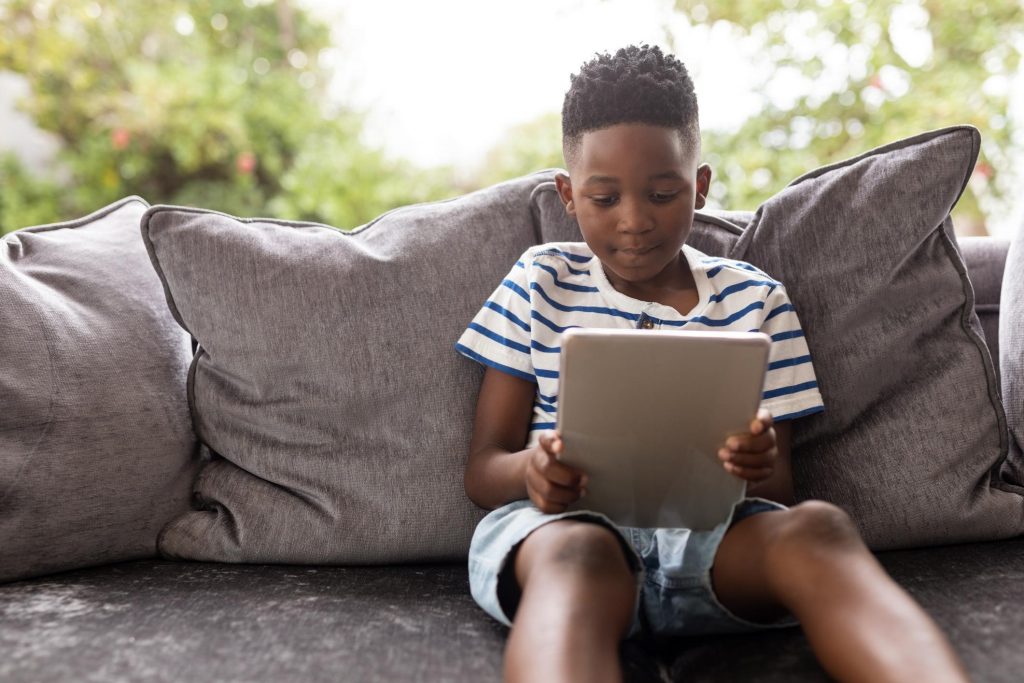
If your child’s class provides laptops or tablets, consider using these devices for all of your child’s e-learning needs. “I would highly recommend students use school or district-provided devices when participating in remote learning,” WA-based kindergarten teacher Ms. Conner says. “Districts have worked extremely hard in determining safe websites and apps for students to use, and many unsafe websites are blocked on school technology.” Using school-provided devices is a great starting-place for kids’ internet safety.
2. Adjust children’s technology settings
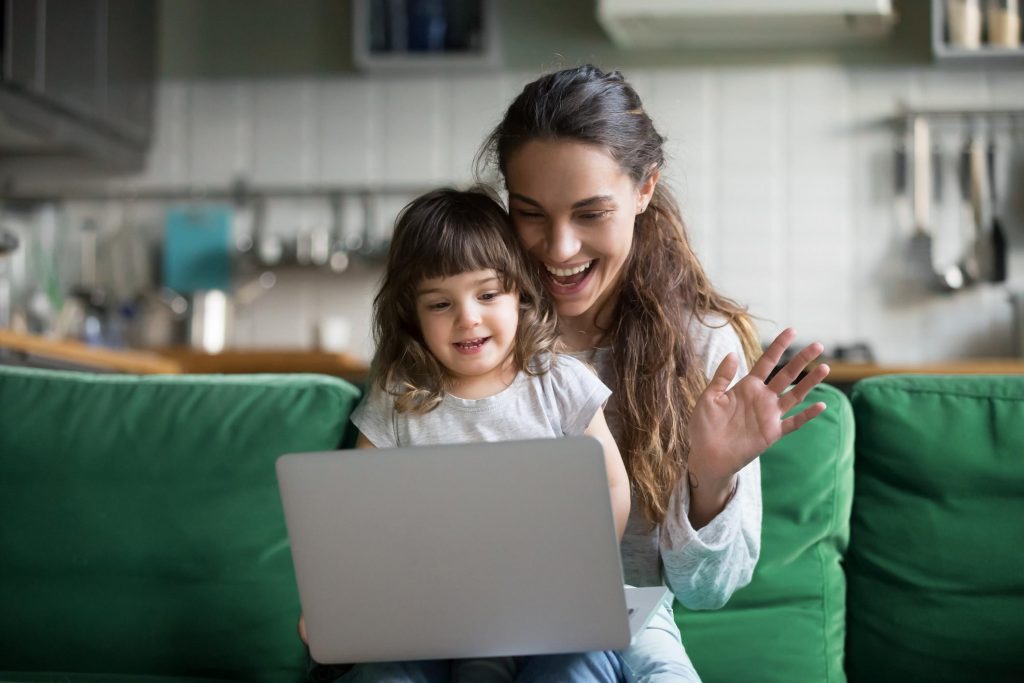
For kindergarteners and preschoolers, we recommend curating a selection of websites that can be accessed by your child. Fun, kid-friendly options include Kiddle.co (a visual search engine for kids), PBSKids.org, and websites listed in the Association for Library Service to Kids “Great Websites for Kids” directory. For video searches, many teachers recommend placing video URLs in Safeyoutube.net to create video links that are safe for kids to access.
Learn how to limit your child’s web browsing to a small selection of websites on Mac and PC, or consider software such as Net Nanny or Circle with Disney that limit wifi on technology, apps, or videos. If you’re tech savvy, you can also set your wifi network to disconnect from your child’s devices if you feel your child has had too much screen time.
3. Make the kitchen or living room the computer’s “home”
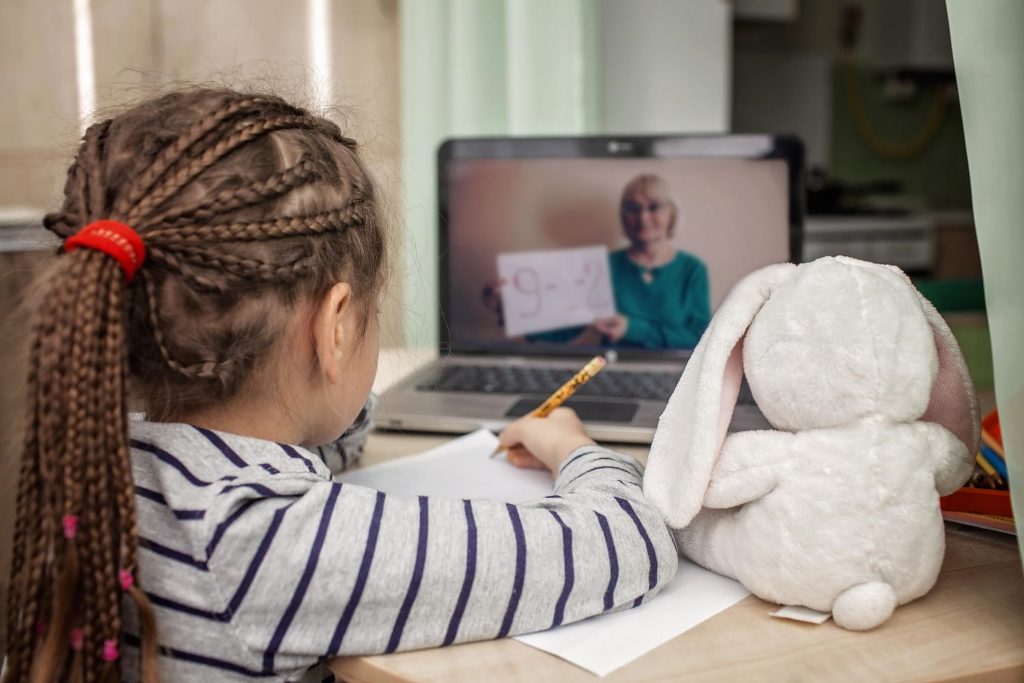
To more easily keep an eye on your child’s internet activities, create a place for the computer in a common space such as the kitchen or living room, and let kids know that the computer should only be used in the “home” your family chooses. Each time you pop into the kitchen to refill your coffee, you can take a quick look at your child’s e-learning lesson.
4. Set guidelines together
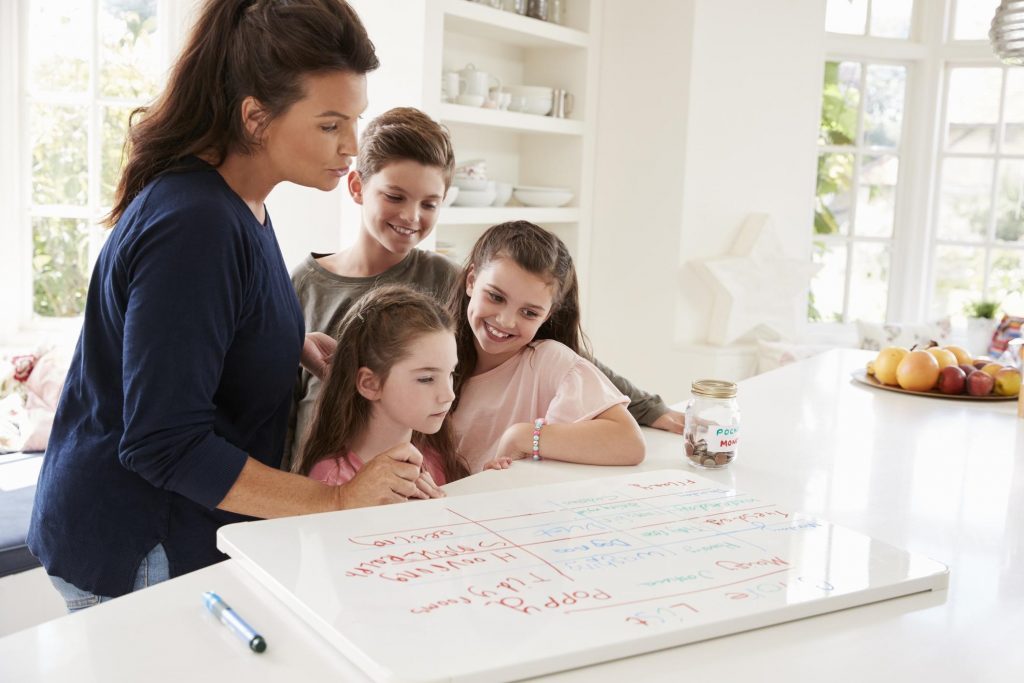
In your family and classroom, you help kids learn to be kind to one another, and to clean up after making a mess. These household/classroom rules help children learn responsibility and demonstrate care toward others. In the same way, establishing guidelines for technology can help students navigate the internet safely. To help kids remember the guidelines, write the main points on a poster or whiteboard near the computer. Some examples of guidelines might include:
– Always let parents/guardians know if:
– You receive any messages from individuals you do not know.
– You see or receive any messages or pictures that make you feel uncomfortable or afraid.
– Anyone on the internet asks for your personal information.
– Do not share:
– Personal pictures or videos without parent/guardian permission.
– Your address, phone number, location, neighborhood, or school without parent/guardian permission.
– Passwords with anyone outside the family.
– Do not arrange a get-together with anyone you meet on the internet.
Talk with children about these guidelines, and let them know that these rules will help keep everyone happy and safe. If children have any questions about the rules, encourage them to ask!
5. Communicate openly, every day
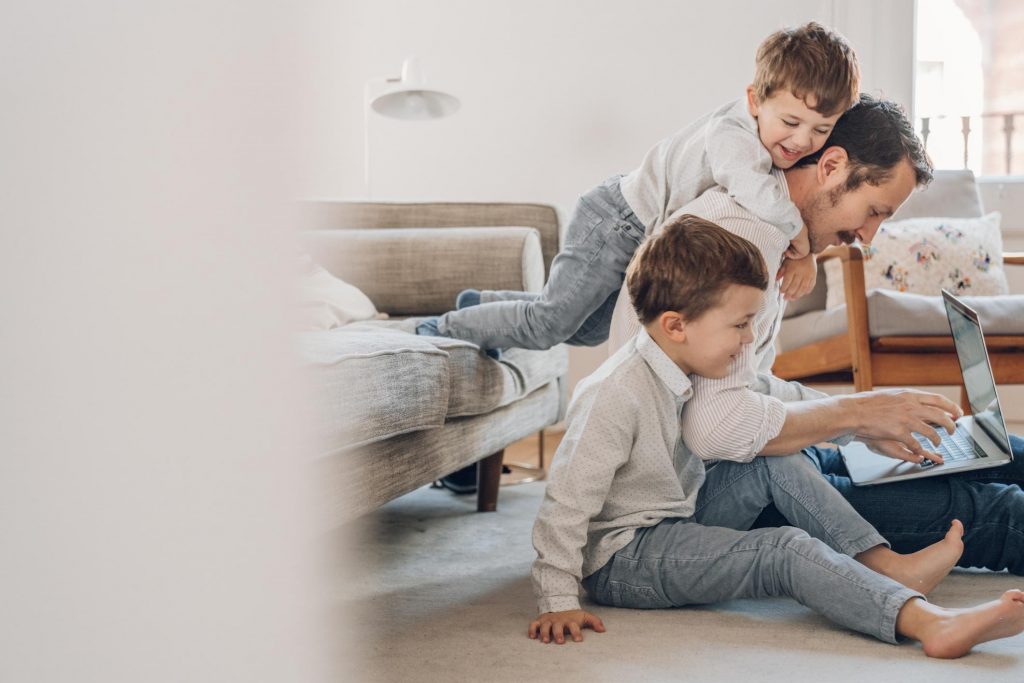
What is the #1 most important step you can take to keep your children safe online? Talking openly and often! Speak with your children about the things they can learn on the internet, their digital footprint, and things to watch out for— and why. For example, you might say: “The internet is an amazing tool! You can learn so many things online— like at a huge museum or library. But, just like at a museum or library filled with nice people and wonderful things, there can be bad people on the internet, too. So, talking together every day about what you see and learn on the internet will help us make sure that our whole family is safe.”
A short check-in each day will help you gain a sense of your child’s online activities, and can keep the conversation open to any questions your children have along the way.
Happy e-learning to all families, parents/guardians, and educators! We are #hereforyou.
________________________________________________________________________________________________________________________________________________________________________
Disclaimer: The Council for Professional Recognition is proud to support the learning and development of all children. For this reason, we will be releasing further guidance on our platforms, with specific recommendations based on research on how to best support children with special needs. Please stay tuned for forthcoming guidance specific to keeping children with special needs safe online.






